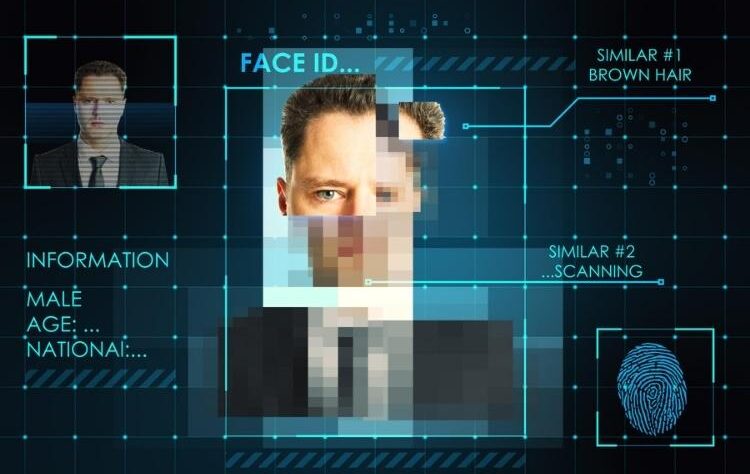In the all -connected digital era, advances in technology are like two -edged swords. On the one hand he brought later and infinite benefits. But on the other hand he gave birth to new challenges that test human faith and common sense. One of them is a threat from technology Deepfake which arises after artificial intelligence or AI.
Deepfake itself is an acronym for Deep learning (In -depth learning) and false (fake), which is then simply defined as a media engineering technique. Where someone’s image or voice is replaced by the image or voice of others very realistically. You can imagine, a video where a prominent kiai, a community leader, said words that they had never said. Perform actions that they have never taken, with visual quality that is so subtle and convincing, which can be seen with the naked eye but difficult to distinguish which is original and what is fake.
Also read: The way Islam encourages critical thinking
Herein lies the danger, where technology is no longer just a tool for entertainment. But it has become a powerful weapon to spread slander, disinformation, even to the point of damaging one’s honor. In the context of national and state life, Deepfake Potential to be a tool for splitting the people (fighting sheep), delegitimizing ulama, and creating social chaos.
Meanwhile in the perspective of Sharia, Islam as a plenary religion has laid universal principles that are relevant throughout the ages. One of them in facing the challenges of modern technology such as Deepfake. Threats raised by Deepfake It itself is not new, but a modern form of actions that have long been criticized in sharia, including:

- Civil and Buhtan (Wrong accusation)
Deepfake is the main means to create slander (tests that can be misleading) and Buhtan (vile lies). Create or spread content Deepfake What destroys a person’s reputation is the real form of Buhtan. Allah said in QS Al Ahzab verse 58:
Those who hurt people believers and people believe, without what they have received, so they have brought themselves.
“And those who hurt people to believe in men and women, without the mistakes they made, so they have taken the lies and real sins.” (Surah Al Ahzab: 58).
Video Deepfake The one who accused a character committing a despicable act was a real example of Buhtan whose sins were very large in the eyes of God.
2. Namimah (sheep)
One of the main objectives of Deepfake is creating disputes and hostility. Fake videos containing words of hatred from one group intended for another group can easily cover the fire. This is the essence of Namimah (sheep), an action hated by the messenger of Allah (may peace. He says in the history of Bukhari & Muslim history,
“Will not go to heaven people who like to pit sheep (Nammam).“(HR. Bukhari & Muslim).
3. Spreaders of false news
Spread content Deepfake Without verifying the truth, the same as participating in spreading lies. The permissive attitude and fond of sharing information without a filter is a dangerous social disease. Rasulullah SAW has warned in the hadith of Muslim history:
Enough for women to lie to talk to all what he hears
“Quite a lot of people (considered) lie if he tells everything he hears.“(HR. Muslim).
Also read: Creating Tabayun Attitude in the Digital Age
In the midst of this dysformation storm, Islam has given us a sturdy fortress, namely the principle tabayyun or Tathabbut. Tabayyun is an attitude to always examine, examine and clarify the truth of a news before receiving it or spread it. This command is explicitly mentioned in the Quran Surah Al Hujurat verse 6, namely:
Hey, what we have made you look for help
“O believers. If a wicked to come to you bring a news, then examine the truth, so that you do not harm a people because of ignorance (carelessness), which you finally regret your actions.” (QS Al Hujurat: 6)
This verse is the main foundation of digital literacy in Islam, which teaches us to be healthy in a healthy skeptical of information that comes from sources that are unclear or unbelievable. In context Deepfake, tabayyun means:
- Do not immediately believe: instill in the attitude to not easily believe in the content of video or audio that is provocative, sensational or strange, even though it looks very real.
- Check the source: Who first spread the video. Whether it comes from credible media or unclear anonymous account. In the Islamic scientific tradition, this is similar to science yearnamely examining the narrators of the narrators of the hadith. Likewise in the digital era like today, we must examine the “sanad” of information.
- Look for classifications from official sources: If the video concerns a figure or institution, look for information from the official website, a verified social media account, or a direct statement from the party concerned.
- Use common sense: As consumption of information in digital media, we need to ask ourselves whether the content makes sense? Often content Fake deep Contains illogical things if analyzed calmly.
Writer: Anik Wulansari, M.Med.Kom.
Game Center
Game News
Review Film
Rumus Matematika
Anime Batch
Berita Terkini
Berita Terkini
Berita Terkini
Berita Terkini
review anime
